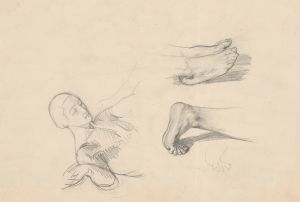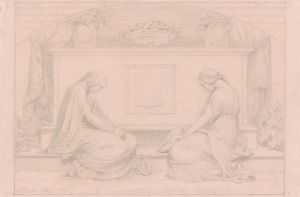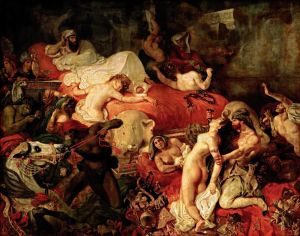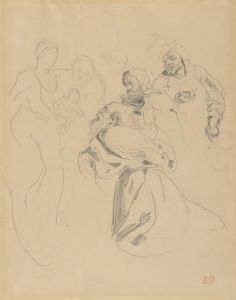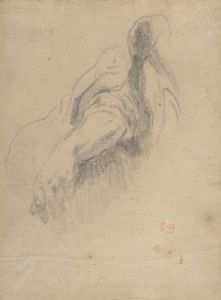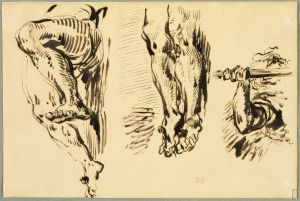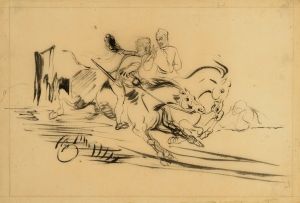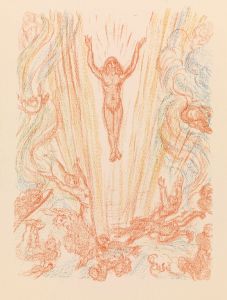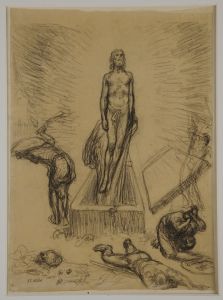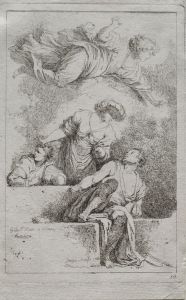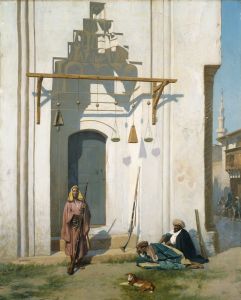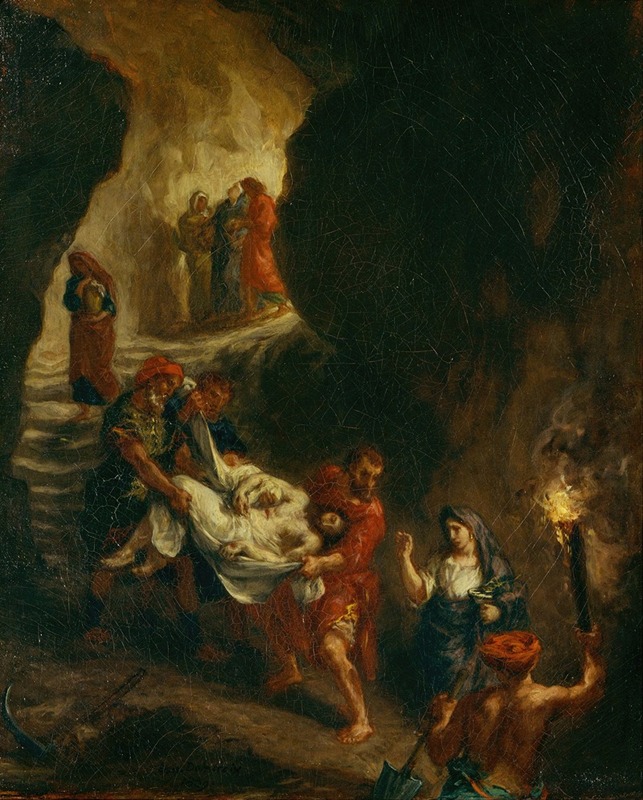
Christ Carried Down To The Tomb
A hand-painted replica of Eugène Delacroix’s masterpiece Christ Carried Down To The Tomb, meticulously crafted by professional artists to capture the true essence of the original. Each piece is created with museum-quality canvas and rare mineral pigments, carefully painted by experienced artists with delicate brushstrokes and rich, layered colors to perfectly recreate the texture of the original artwork. Unlike machine-printed reproductions, this hand-painted version brings the painting to life, infused with the artist’s emotions and skill in every stroke. Whether for personal collection or home decoration, it instantly elevates the artistic atmosphere of any space.
"Christ Carried Down to the Tomb" is a painting by the renowned French Romantic artist Eugène Delacroix. Delacroix, born on April 26, 1798, and passing on August 13, 1863, is celebrated for his expressive brushstrokes and his profound influence on the Romantic movement in art. This particular painting is one of many that reflect his deep engagement with religious and historical themes.
The painting depicts the somber and poignant moment of Christ being carried to his tomb after the crucifixion. Delacroix's interpretation of this biblical scene is marked by his characteristic use of dramatic color contrasts and dynamic composition, which serve to heighten the emotional intensity of the moment. The figures in the painting are rendered with a sense of movement and urgency, capturing the grief and solemnity of the event.
Delacroix's approach to religious subjects often involved a departure from the more restrained and idealized depictions typical of earlier periods. Instead, he embraced a more realistic and humanized portrayal of biblical figures, emphasizing their emotions and physicality. This can be seen in "Christ Carried Down to the Tomb," where the expressions and gestures of the figures convey a palpable sense of sorrow and reverence.
The painting is also notable for its use of light and shadow, which Delacroix skillfully employs to create a sense of depth and to draw the viewer's eye to the central figure of Christ. The interplay of light and dark areas not only enhances the three-dimensionality of the scene but also underscores the dramatic tension inherent in the moment being depicted.
Eugène Delacroix was heavily influenced by the works of earlier masters such as Peter Paul Rubens and Michelangelo, and this influence is evident in his robust and dynamic compositions. However, Delacroix's unique style and his ability to convey intense emotion through color and form set him apart as a pivotal figure in the development of modern art.
"Christ Carried Down to the Tomb" is housed in the Musée des Beaux-Arts de Lyon in France. The museum, which boasts a rich collection of European paintings, provides an appropriate setting for this significant work, allowing visitors to appreciate Delacroix's contribution to the Romantic movement and his mastery of religious subject matter.
Delacroix's legacy extends beyond his paintings; his writings and journals also offer valuable insights into his artistic philosophy and the broader cultural context of his time. His work continues to be studied and admired for its technical brilliance and its profound emotional impact.
In summary, "Christ Carried Down to the Tomb" exemplifies Eugène Delacroix's ability to blend dramatic narrative with expressive technique, making it a significant piece within his oeuvre and within the broader history of Romantic art.





